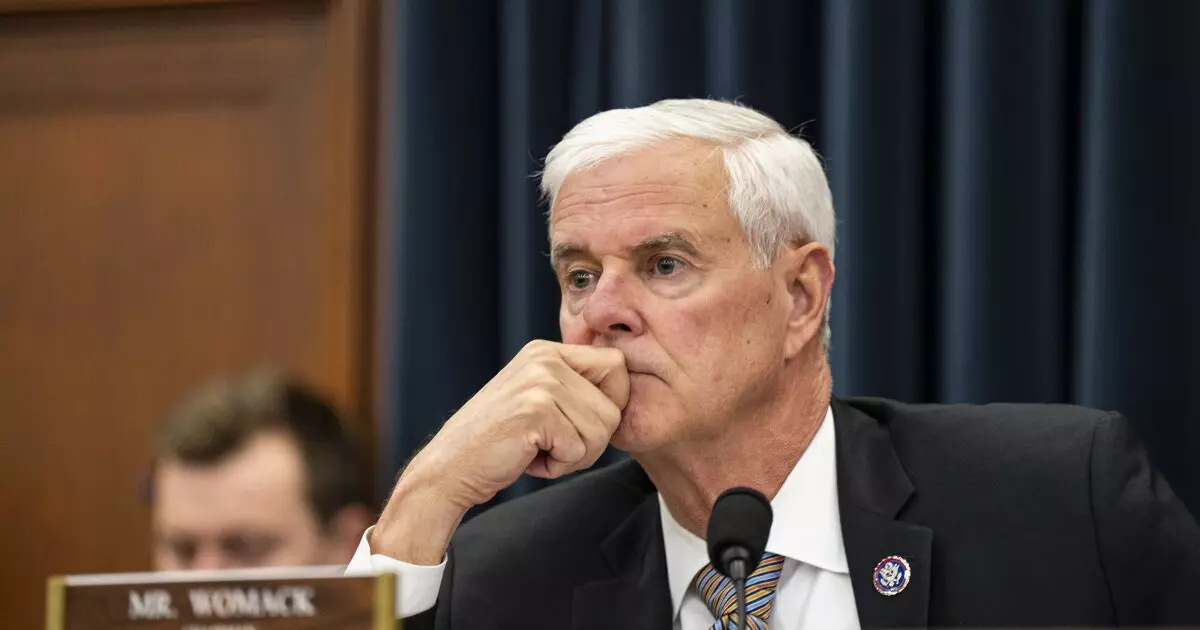Transportation Secretary Pete Buttigieg recently presented the Biden administration’s priorities for the upcoming fiscal year to House lawmakers. These priorities encompass a broad spectrum, ranging from the maintenance of existing infrastructure to the promotion of innovative projects such as high-speed rail. One of the key focus areas outlined by Buttigieg is the prevention of infrastructure failures like the collapse of the Francis Scott Key Bridge. Additionally, he emphasized the significance of supporting large-scale projects that can significantly impact the transportation landscape in the country.
During his appearance before the House Appropriations Subcommittee on Transportation, Housing, and Urban Development, Buttigieg detailed President Biden’s transportation request for fiscal year 2025. The proposed $146 billion spending plan includes funding from various sources, with $25.5 billion in discretionary budget authority, $81 billion from the Highway Trust Fund, and nearly $37 billion from the Infrastructure Investment and Jobs Act. The allocation of these funds covers a wide range of areas, with significant investments earmarked for roads, bridges, the Federal Aviation Administration, and rail infrastructure.
One notable project highlighted by Buttigieg is the Brightline West high-speed rail initiative, which recently commenced construction. He described this project as a testament to America’s ability to undertake ambitious and forward-thinking ventures that enhance people’s lives. Despite acknowledging the importance of publicly funded high-speed rail projects like California’s, Buttigieg emphasized the complexities involved in securing right-of-way access, which can impact project timelines significantly.
With the commencement of the new fiscal year, Subcommittee Chair Rep. Steve Womack expressed his commitment to ensuring strong oversight of the transportation appropriations under his jurisdiction. He underscored the responsibility of the committee to maximize the impact of federal funding on states and localities, particularly in smaller and rural communities. Womack also emphasized the need to streamline funding processes to facilitate access for municipalities requiring financial assistance.
Despite the administration’s efforts to allocate resources to transit projects, concerns were raised regarding the sustainability of funding commitments. Womack questioned the feasibility of fulfilling $20 billion in federal commitments to transit projects over the next decade, cautioning against potential budget constraints. Buttigieg acknowledged the challenges posed by budget cuts, highlighting the need to prioritize funding agreements to prevent delays that could inflate project costs over time.
The collapse of the Francis Scott Key Bridge in Baltimore served as a sobering reminder of the infrastructure vulnerabilities across the country. Buttigieg noted that the release of $60 million in emergency federal funds was just the beginning of the substantial costs associated with rebuilding the bridge. This incident underscored the importance of proactive maintenance and investment in infrastructure to prevent catastrophic failures.
The Biden administration’s transportation priorities for fiscal year 2025 reflect a multifaceted approach to addressing infrastructure challenges and advancing ambitious projects. With a focus on sustainability, accountability, and innovation, these priorities aim to enhance the nation’s transportation network while ensuring efficient allocation of resources. As the administration continues to navigate funding challenges and project complexities, collaboration between federal, state, and local stakeholders will be crucial to achieving long-term success in the transportation sector.

